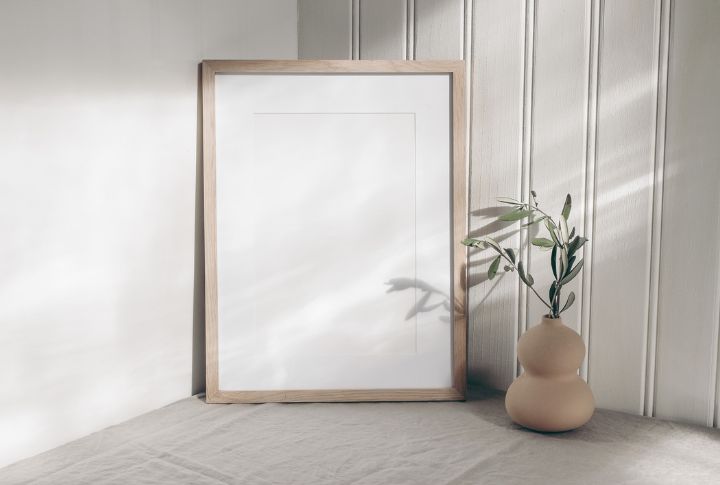
Among different interior design trends, one timeless feature has retained its charm – beadboard walls. Beadboard walls have always been associated with classic elegance, reminding us of cozy cottages and seaside escapes. Here are 15 things you need to know about them.
They’re Made of Different Materials
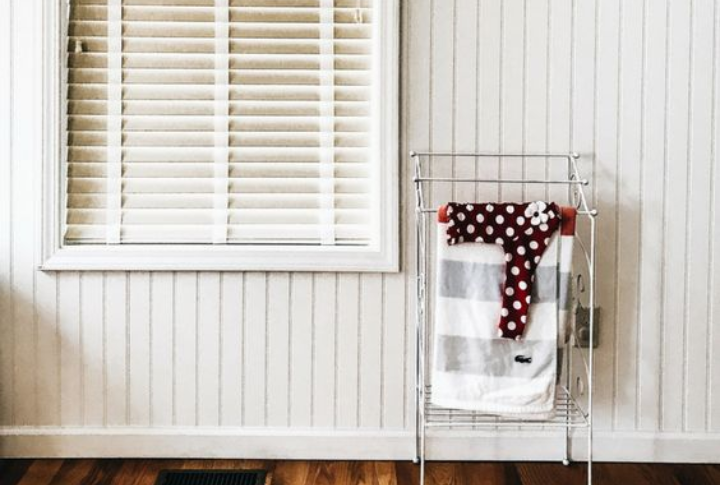
Although many believe they’re only made of wood, some beadboard walls are made of medium-density fiberboard or PVC. They’re crafted from narrow strips joined together to create a modular design that allows for easy installation and customization.
The Installation Process is Seamless
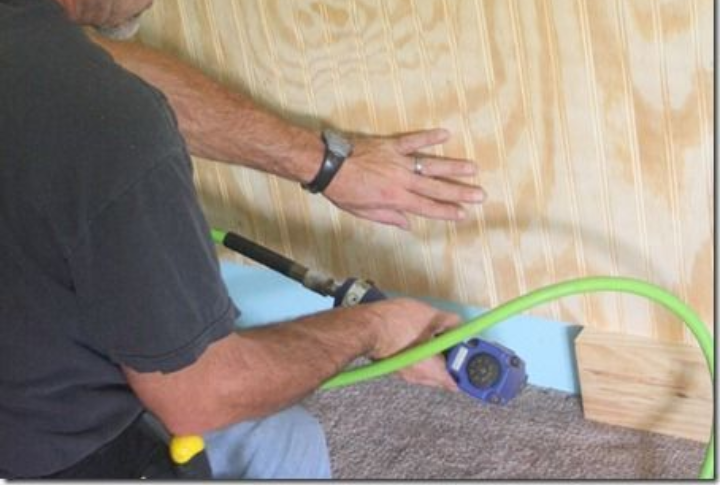
Installing beadboard walls is straightforward. The panels are fixed to the wall surface using nails, adhesives, or a combination of both. With patience and precision, homeowners can easily transform their interiors, whether opting for traditional tongue-and-groove installation or modern paneling systems.
They Have Historical Roots
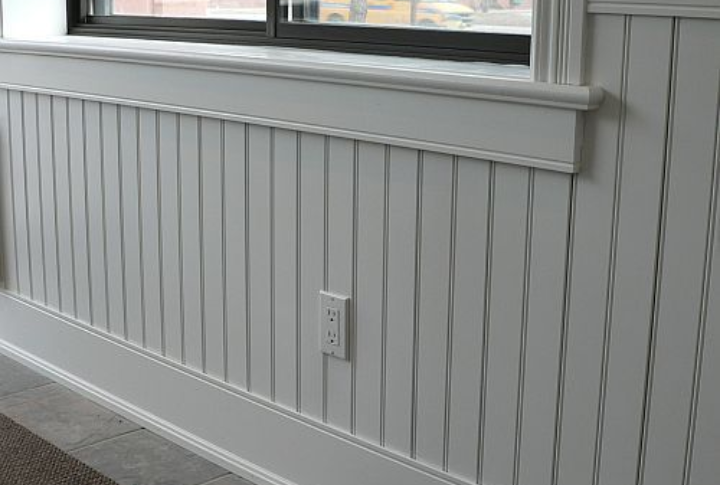
Beadboard walls conceal a history as rich as their intricate patterns. Originating in 18th-century Europe, these panels were initially crafted from narrow boards of wood joined together. But their purpose extends beyond mere decoration to provide insulation and durability, keeping warmth inside the house and humidity outside.
Many Versatile Designs Are Available
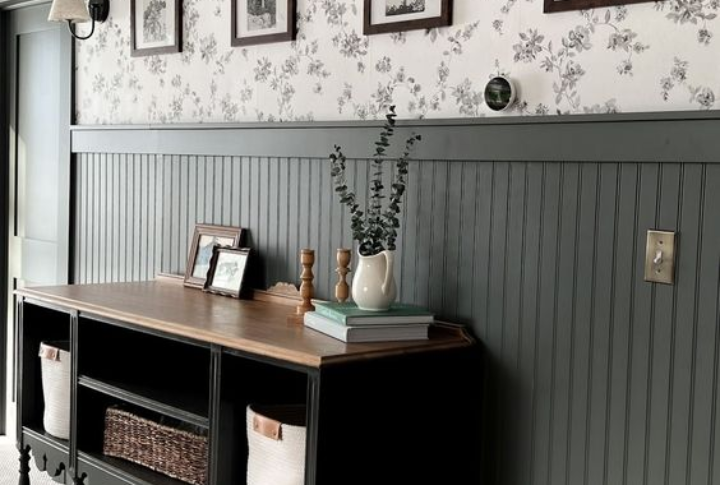
Unlike their solid counterparts, these boards are further divided, allowing for easy installation and customization to suit various preferences. They’re usually used in farmhouses, cottages, and other traditional decoration styles, but some also work for modern homes.
They Can Work For Ceilings
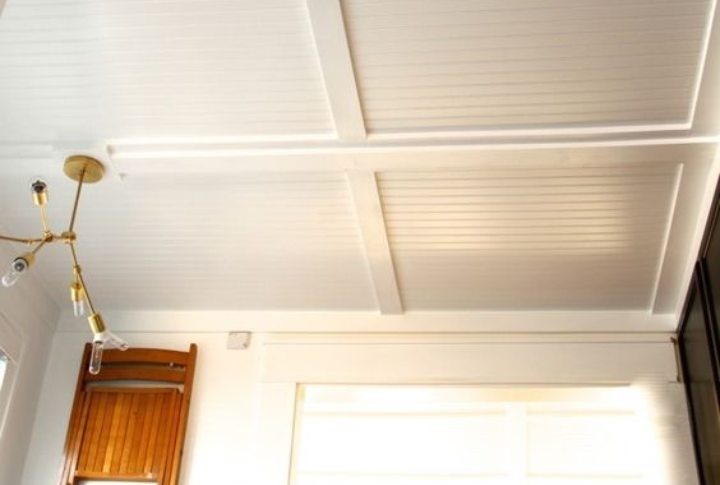
Beadboards also find their place in ceilings. Installed horizontally or diagonally, beadboard ceilings add visual interest and texture to rooms, creating a cozy, cottage-like ambiance. Additionally, they can visually lower the ceiling height, making large rooms feel more intimate and inviting.
They Have Acoustic Properties
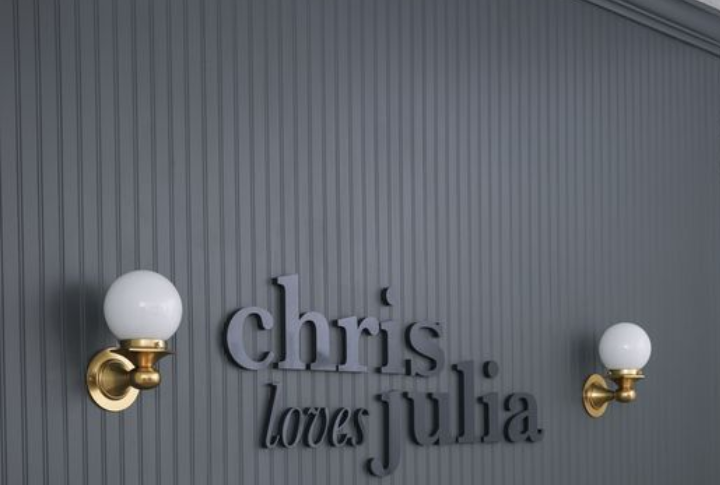
Beyond their aesthetic appeal lies a lesser-known yet equally compelling aspect of beadboard walls – their acoustic properties. Thanks to the ridges and grooves on their surface, these panels possess sound-absorbing qualities that give any space a sense of tranquility.
Maintenance Requirements Can Be Challenging
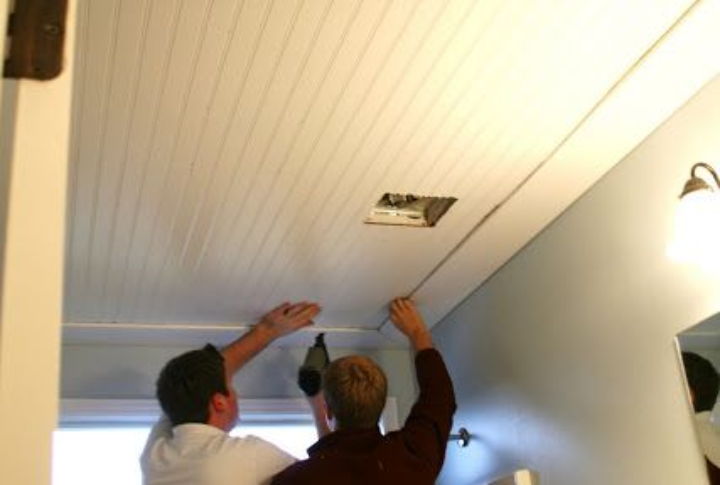
Maintaining the pristine appearance of beadboard walls can be labor-intensive, particularly in high-traffic areas prone to scuffing, scratching, and staining. Unlike smooth wall surfaces, beadboards, with their ridges and grooves, provide ample hiding spots for dirt and debris, necessitating frequent cleaning to keep them looking their best.
They’re Sustainable
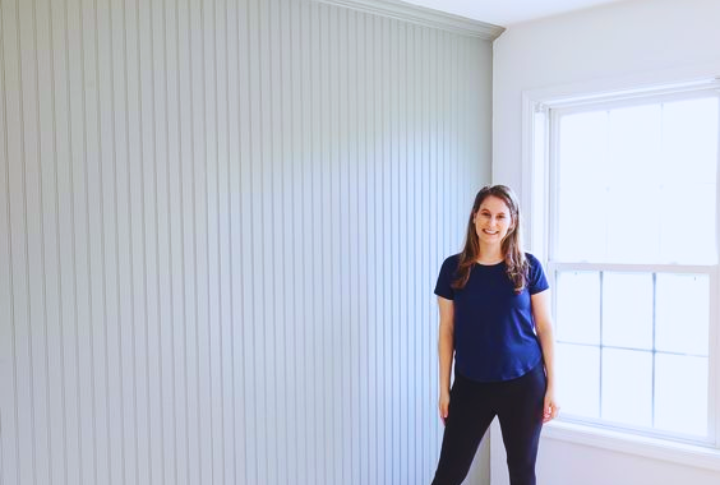
Sustainability trends are becoming more popular, and beadboard walls represent an eco-conscious choice for the environmentally aware homeowner. Crafted from renewable materials such as wood and bamboo, these boards offer a guilt-free solution for people who want to reduce their carbon footprint without sacrificing style.
They Have a Positive Emotional Impact
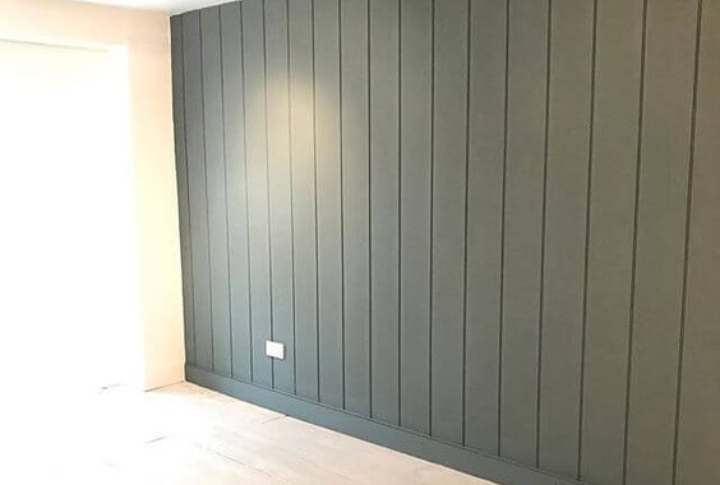
As with any architectural feature, the allure of beadboard walls lies in their visual appeal and the emotions they evoke. From the nostalgia-inducing charm of a seaside retreat to the cozy ambiance of a country cottage, these dashboards can transport occupants to far-off memories.
They Work for Different Applications and Settings
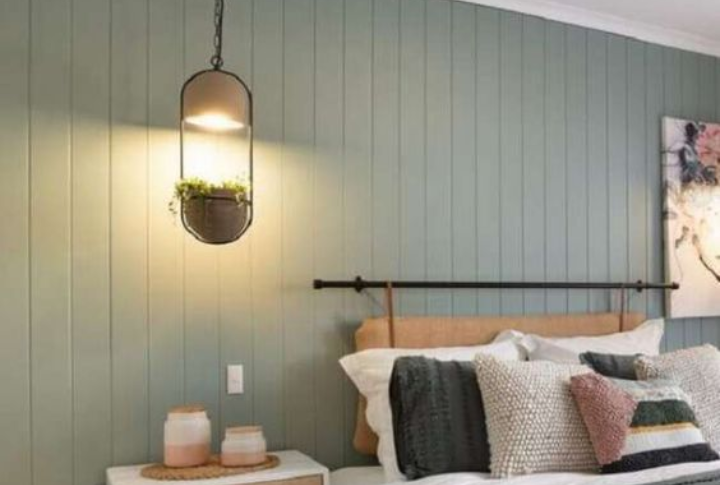
Beadboard walls work for multiple settings, from charming holiday cottages to contemporary urban dwellings. Perfect for adding texture to any room, these dashboards shine brightest in spaces where a touch of warmth and character is desired, such as living areas.
Moisture Damage Is a Serious Issue
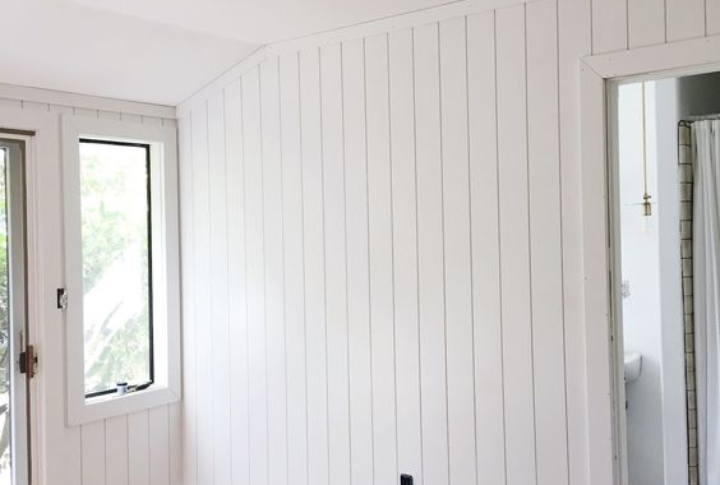
Despite their visual appeal, beadboard walls are not impervious to moisture, making them susceptible to damage in environments prone to high humidity. In bathrooms and kitchens, moisture levels fluctuate, and beadboard walls may warp, swell, or develop unsightly mold and mildew, requiring frequent maintenance and repairs.
You Can Paint Them Easily
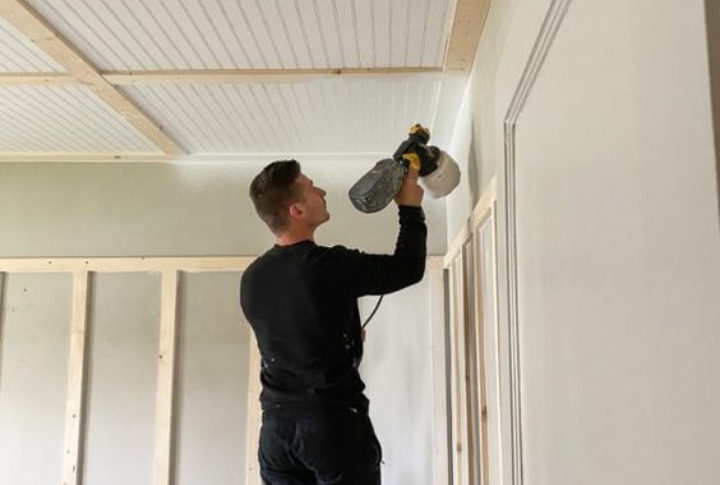
Whether colored in crisp white for a timeless aesthetic, with bold hues to make a statement, or treated with a distressed finish to evoke rustic charm, these panels serve as a blank canvas for homeowners to show off their creativity.
They Improve Structural Durability
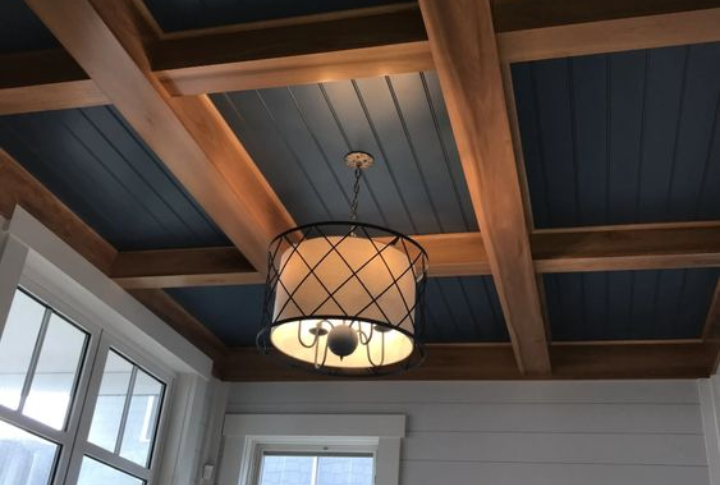
Beadboard walls offer additional durability and protection to interior spaces. Acting as a barrier against wear and tear, these boards help shield walls from damage caused by daily activities, ensuring long-lasting beauty and structural integrity.
They Have a Limited Load-Bearing Capacity
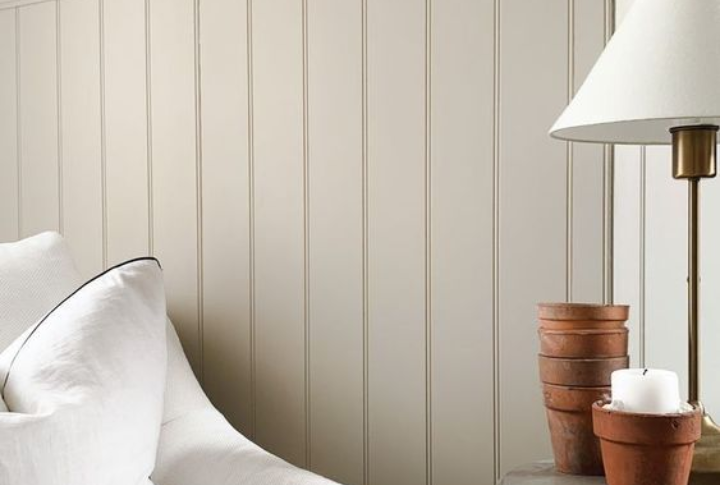
While beadboard walls excel at adding visual interest, they are not suited to bearing heavy loads. As such, homeowners should exercise caution when considering them in areas where shelves, cabinets, or heavy artwork may need to be securely mounted to the wall surface.
Wainscoting Is a Popular Choice
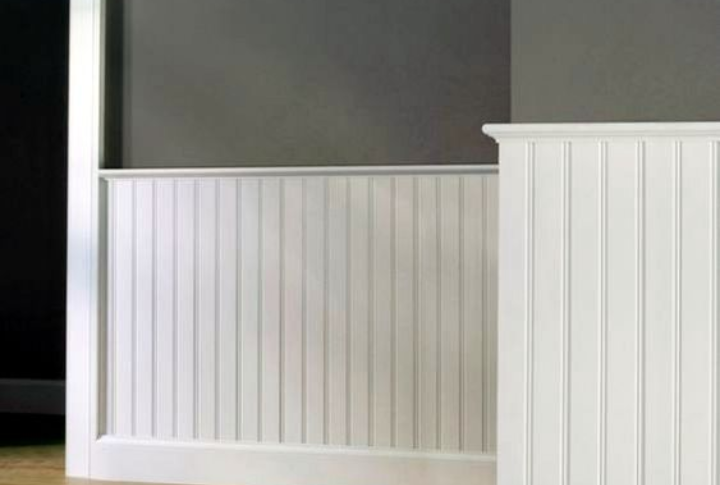
Wainscoting refers to applying decorative paneling to the lower portion of interior walls, typically extending from the baseboard to chair rail height or halfway up the wall. Beadboard is a popular choice for wainscoting, lending a touch of timeless architectural elegance to spaces.

Comments
Loading…